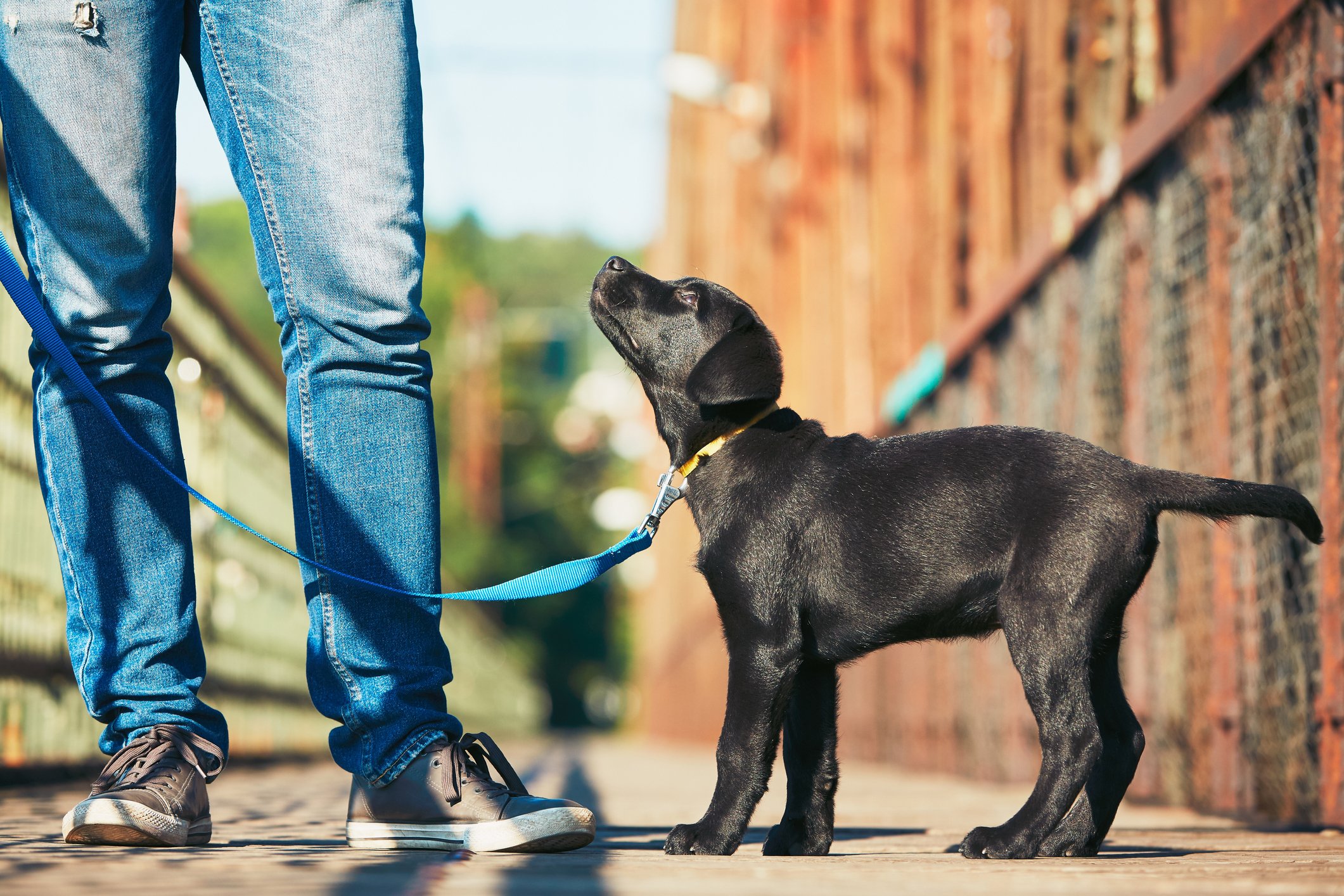Dog Training for your Everyday, Everywhere Companion
In today’s world, being a pet parent to our dogs can be a big undertaking. It helps to have the experience of a professional trainer. But which type of training should one take? By most accounts, the training styles are not only different, but can also be conflicting, and possibly hard to navigate or frustrating. In this blog post, we discuss an alternative approach to traditional methods that focuses on helping your dog be calm, collected, and happy in all of life’s scenarios.
Traditional methods
Traditional dog training methods focus mostly on obedience training, whether through positive-only methods based on treat rewards, or another method that has been termed “balanced training,” which uses both treat luring and corrections. This method has recently grown in popularity due to TV shows or social media that highlight this approach, though may gloss over some of the drawbacks.
Positive only methods can also prove less reliable when a treat reward isn’t available, or when your dog begins to lose interest in the treat or activity being taught. This approach may keep parent and dog relationships at a surface level, rather than being able to achieve a deeper connection that isn’t built on bribes or food rewards.
A balanced training method can be effective at training specific obedience-based actions. However, these methods rely on raising the dog’s dopamine levels and prey drive to perform the desired task, yet little attention is paid to the deeper psychological workings and emotional state of the dog. The other downside with this approach is that most pet parents are not able to keep up with the demand of a higher energy dog, particularly once such training develops a stronger, built-up prey drive and a desire for increased activity. This sort of training was developed for high-energy working dogs and is derived from a challenging three part competitive sport that focuses on obedience, tracking, and protection. In our professional experience, this is a method that achieves a goal that differs from the sort of relationship and activity level the average dog parent is seeking with their dog.
What you actually want from training
What we have found is that most dog parents want a dog that is calm, collected, and happy go-lucky. A dog that can be ‘good’ in all situations, and not susceptible to loud noises, distractions, or triggers; whether at home, at the park, or at a restaurant. Parents want for their dog to be less impulsive, explosive, or reactionary - a dog that can objectively observe and enjoy life, rather than succumb to or react to it. Parents want a well-behaved dog with a good demeanor, that can go everywhere and do anything without issues.
At Stardog’s clubhouse we have chosen a training method that has proven to be highly effective in building a well-balanced dog and is rooted in clear communication, relationship building, conscious leash handling, and an attention to awareness in both dogs and parents. We do not focus on distracting dogs with treats, nor do we punish dogs for having feelings and expressing those feelings. Instead, we teach dog parents how to effectively support, communicate with, and guide their dog through this transformational process. We do not stifle or suppress a dog’s emotions or mental state of being like in other more common training programs, but instead dogs are assisted in effectively releasing all of their pent up emotional and mental state, known as “the release.” The fear, anxiety, frustration, and over-excitement that our dogs may carry is addressed and released so that we and our dogs can lead a more fulfilling, joyous, and harmonious existence.
What you can expect
The way in which we achieve “the release” and ultimately a more stable, well-balanced dog is through a series of steps and exercises. These steps and exercises focus heavily on building energy awareness, conscious connection, deeper trust, and a more intimate relationship, and less on treat rewards and over correction. This method derives partly from the documented findings of Oregon Tails and a method they developed referred to as “The Jentle Method.” This method is influenced by modern and effective horse training and has been successfully adapted for our canine companions. This approach more productively balances dog training styles available today in order to achieve the desired neutral and calm mental state in all aspects of the dog’s life, doing so in a compassionate way. Like anything worthwhile, this form of training requires devotion and consistency. This training is more than just dog training. From our perspective, it is a different way of life and the best way to show up fully for your dog, helping it experience what life has to offer.
In this training, we start by establishing an open line of communication between the parent and dog using a series of straightforward yet profound exercises. The exercises help to establish a neutral energy level in the dog while doing training, and a regular and constant communication between dog and parent that is necessary before advancing to more complex exercises. Once that connection is established, we work through increasingly complex activities that build skills such as, focused healing, leash pressure communication, attention to direction, physical awareness, fluid body mobility, impulse control, excitement management, and much more!
Contact us
If you’re looking to establish a stronger connection with your dog and help it to navigate everyday life scenarios as well as more advanced tasks, give us a call and schedule a free consultation with our lead trainer, Chris G.

